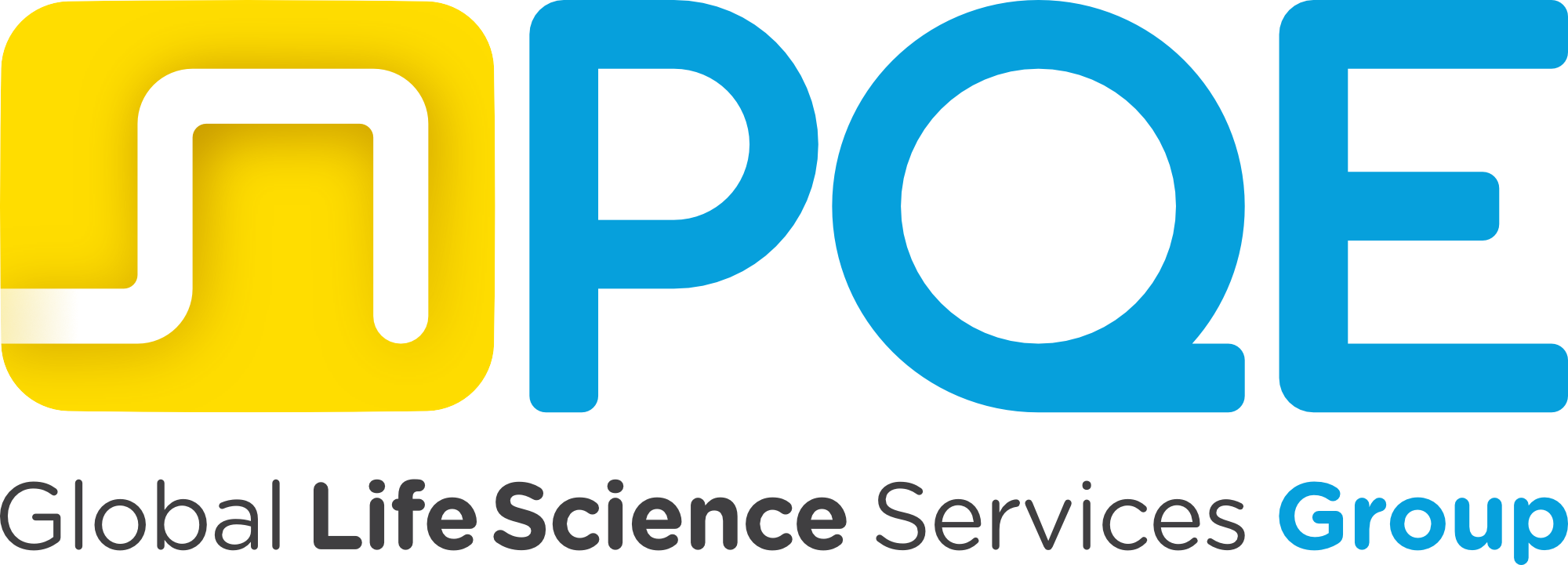- The ERA ends in phase I if the predicted/recalculated environmental concentration in soil (PECsoil) resulted in being below the threshold value of 100 µg/kg.
- The ERA ends in phase I if the predicted/recalculated environmental introduction concentration from aquaculture facilities (EICaquatic) resulted in being below the threshold value of 1 µg/L.
- An ERA must also always be provided for generic MMAs unless the Reference Veterinary Medicinal Product (RVMP) was authorized after 1 October 2005 [EMA/CVMP/ERA/245311/2021].
- The ERA ends in phase I if the VMP will be used only in non-food animals or if the VMP is intended for use in minor species treated and reared similarly to a major one for which an ERA already exists.
- The ERA ends in phase I if the VMP will be used to treat a small number of animals in a flock or herd or if the VMP is extensively metabolized in the treated animal.
Some VMPs whose phase I ERA concludes that their environmental exposure is negligible may still require a phase II assessment because of their intrinsic properties. These medicines undergo a tailored risk assessment to further investigate the suspected hazards they pose to individual environmental compartments.
VICH-GL38
Environmental Impact Assessment For Veterinary Medicinal Products - Phase II [CVMP/VICH/790/03-FINAL]
Phase II provides a common basis for EIA testing for VMPs between the EU, Japan, US, Canada and Australia/New Zealand.
This Phase II guidance contains sections for each of the major branches of aquaculture, intensively reared terrestrial animals and pasture animals. Each section contains decision trees and recommendations from studies pertaining to the branch.
The ecotoxicity studies should consider the different routes of exposure to both aquatic and terrestrial compartments and evaluate the potential for acute and chronic toxicity.
The guidance uses a two-tiered approach.
The first, Tier A, makes use of simpler, less expensive studies to produce a conservative assessment of risk based on exposure and effects in the environmental compartment of concern. It emphasizes the importance of providing initially comprehensive data on the physicochemical properties of VMPs, as these properties can have a significant impact on their environmental fate. For example, data on the solubility, melting point, n-Octanol/Water Partition Coefficient of the VMP should be provided.
If the EIA cannot be completed with such data due to a prediction of unacceptable risk, then the applicant/sponsor progresses to Tier B to refine the EIA.
All ecotoxicity data collected will be then evaluated in a RQ approach, which is the ratio of the predicted environmental concentration (PEC) and the predicted no effect concentration (PNEC) on non-target organisms.
Guideline on Environmental Impact Assessment for Veterinary Medicinal Products in support of the VICH guidelines GL6 and GL38
[EMA/CVMP/ERA/418282/2005]
The guideline on the EIA of VMPs in support of the VICH guidelines GL6 and GL38 provides a clear and comprehensive approach to conducting an EIA.
This guideline is a supportive document to read along with the two VICH guidances GL6 and GL38 mentioned above. The guideline has been issued to “provide additional, more specific technical guidance on environmental impact assessment in areas where the VICH guidelines are more general, but not adding new requirements or deviating from the VICH guidelines”.
Specific recommendations on risk mitigations measures on the EIA report template, such as how to define the reliability of information found, are only some of the additional information provided by this guideline that, in conjunction with the relevant Question & Answer EMEA/CVMP/ERA/172074/2008-Rev.7, provides detailed guidance on how to conduct an EIA for veterinary medicinal products.
Overall, by following the recommendations in the guidelines, pharmaceutical companies can ensure that they are conducting a thorough and transparent assessment of the environmental risks associated with their products, and that they are developing appropriate risk management measures to minimize those risks.





